In today's fashion landscape, choosing the perfect bottom wear can significantly influence both style and comfort. From casual jeans to chic skirts, there is no shortage of brands offering a wide array of options to suit all preferences and budgets. Whether you're looking for the timeless elegance of designer labels or the practicality of everyday wear, understanding the top players in the market can make shopping a breeze. Continue reading below to explore our curated list of the best brands for bottom wear.
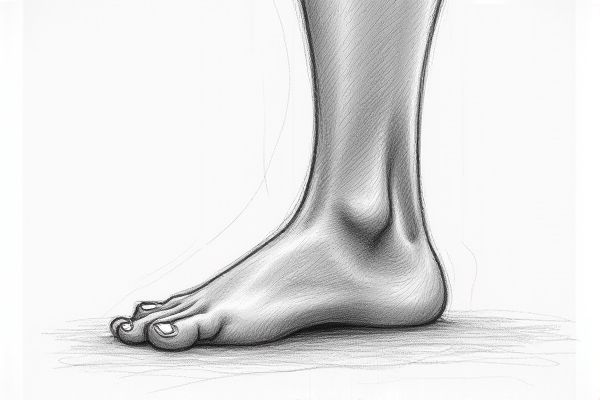
Illustration of bottom wear
Best brands of bottom wear in 2025
Levi's
Levi Strauss & Co., a leading producer of bottom wear, is particularly renowned for its denim jeans. In 2023, the company reported record sales of $6.18 billion, with jeans and bottoms accounting for approximately 70% of its total revenue. The Levi's brand itself generates the vast majority of the company's revenues, with men's products making up around 64% of global sales. The company has also been focusing on sustainability, with 90% of its facilities using renewable energy in 2022 and a target to reach 100% by 2025. Levi's brand awareness among footwear customers in the US is high, at around 94%. For more detailed insights, explore their profile on Levi Strauss & Co.
Lululemon
Lululemon is renowned as one of the top producers of high-quality bottom wear, particularly in the athletic apparel industry. The company, founded by Chip Wilson in 1998, has established a strong niche in the market with its durable, comfortable, and premium fabrics, such as the innovative SenseKnit technology launched in 2022. Lululemon's bottom wear, including yoga pants and shorts, has achieved a significant market presence, with the company commanding around 6-7% of the global sports apparel market, which was valued at $115 billion in 2022. The brand's products are favored by 18% of U.S. sports and outdoor online shop users, and it has a brand awareness of 62% in the U.S. market. Lululemon's international expansion, particularly in China, has also driven growth, with the region now hosting 127 stores as of 2023. For more details on their products, visit Lululemon's official website.
Zara
Zara stands out as a leading producer of bottom wear in the fast fashion industry, known for its rapid response to changing fashion trends and high-quality, affordable products. In 2023, Zara's global sales grew by 11.4%, driven by its strong design credentials and wide appeal. The brand's online sales have been resilient, with a 68.3% growth in eCommerce net sales from 2019 to 2020, and reaching $54.8 billion in online net sales in 2023. Zara's top markets, including the United States, the UK, and Spain, account for 42.7% of its total online revenues. With over 450 million items produced annually, Zara's efficient supply chain ensures timely and stylish bottom wear collections.
Uniqlo
Uniqlo stands out as a leading producer of bottom wear, renowned for its high-quality, innovative, and affordable products. The brand offers a wide range of bottoms, including jeans, smart pants, shorts, and leggings, catering to various lifestyle needs. In Japan, Uniqlo is the most shopped-at apparel retailer, with 43.8% of Japanese consumers purchasing from the brand in the past 12 months as of Q3 2021. Uniqlo's market share in the Japanese men's and women's market has reached 18.2% and 16.0%, respectively. The brand's in-house fabric and design innovation, such as the Kando pants with Airdots pockets, further enhance its competitive edge. For more insights into Uniqlo's business strategy, visit their official website.
H&M
H&M is a leading producer of bottom wear, renowned for its affordable and trendy offerings. The brand's pricing strategy focuses on affordability, with 97.6% of its products priced under Rs. 5000, and a significant concentration of items between Rs. 1000 and Rs. 3000. This approach helps H&M attract a broad consumer base, including price-sensitive shoppers. With over 4,369 stores worldwide as of 2023, H&M's global presence ensures widespread availability of its bottom wear collection. The brand's limited use of discounts, with only 1.65% of products offered at discounted prices, underscores its confidence in the perceived value of its products. Explore the bottom wear collection at H&M.
Nike
Nike remains a dominant force in the sportswear industry, particularly in the production of bottom wear, with a global market share of 16.4% in sneakers and apparel as of 2024, down slightly from 17.1% in 2022. The company generates significant revenue from its footwear segment, which accounted for 68% of its total revenue in 2023, with over 33 billion U.S. dollars in footwear sales for the fiscal year ending in May 2024. Nike's strong market presence is further underscored by its 27.22% market share in the apparel, footwear, and accessories industry as of Q3 2024. Despite recent challenges, Nike's brand equity and extensive distribution network continue to support its position as a leader in sportswear. The company's innovative designs and robust marketing efforts, including a $4.06 billion spend on advertising and promotion in 2023, contribute to its enduring success. For more information, visit their official website.
Patagonia
Patagonia is renowned as one of the leading producers of high-quality bottom wear in the outdoor apparel market, with products like the iconic Baggies shorts, made from water-repellent nylon fabric, remaining popular since their introduction. These shorts are quick-drying, lightweight, and tough, making them suitable for a wide range of outdoor activities. By 2018, Patagonia transitioned the Baggies to recycled nylon, aligning with their commitment to sustainability. The brand holds a significant market share, with around 10% of the outdoor apparel market, and is known for its environmental initiatives, such as using 98% of recycled materials in its product lines. Patagonia's focus on comfort, durability, and sustainability has made its bottom wear a favorite among outdoor enthusiasts.
Adidas
Adidas is one of the leading producers of bottom wear, particularly in the athletic footwear and sportswear segments. As of 2022, Adidas held a 15.4% market share in global athletic footwear, making it the second-largest sportswear company globally after Nike. The brand experienced a 3.1% growth in its footwear segment in 2022, reaching $13.2 billion in revenue. Adidas also dominates in the sneaker market with a 14.7% share and has a strong presence in the resale market, having held a 29% share in 2019. The brand's focus on innovation, sustainability, and inclusive sizing has been key to its success, particularly in the women's category which is a significant growth area. For more insights, visit their official website: Adidas Official Website.
GAP
Gap Inc., while not exclusively a gym apparel brand, contributes significantly to the market through its diverse range of clothing, including bottom wear. The company's market share in the retail apparel industry stands at 11.70% as of Q3 2024, indicating its strong presence. Gap Inc.'s brands, such as Athleta, which is more fitness-oriented, have seen fluctuations but still maintain a notable market presence. For instance, Athleta's net sales, although down 4% to $419 million in Q4, reflect the brand's ongoing relevance in the activewear segment. The company's focus on quality, comfort, and style helps drive demand for its bottom wear products. For more information, visit their official website.
Mango
Mango is renowned for its high-quality and stylish apparel, particularly in the category of bottom wear, with a significant portion of its production sourced from key countries like Turkey, China, and India. As of 2022, Turkey hosts the largest number of Mango's garment factories, with 187 factories dedicated to producing tops and other garments, while China and India also play crucial roles, accounting for 176 and 135 factories respectively. Mango's commitment to sustainability is evident in its 2030 strategy, which includes launching collections made from 100% cotton and at least 20% recycled materials, enhancing transparency and traceability in its supply chain. The brand's focus on technology and innovation, such as using 3D technology to minimize sample production, further solidifies its position as a leader in the apparel industry. With a strong online presence, Mango achieved a turnover of EUR960m in its online business in 2022, representing 36% of its total turnover. For more details, visit their official website.


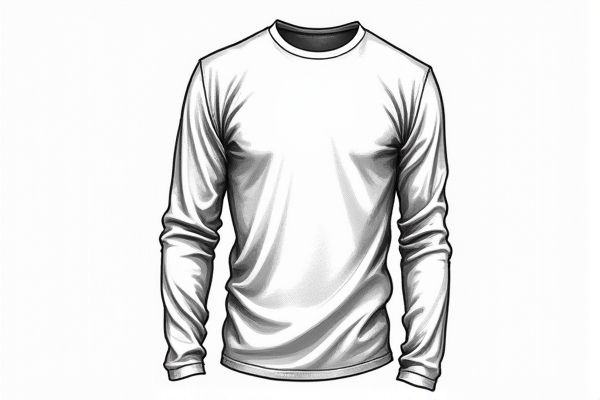
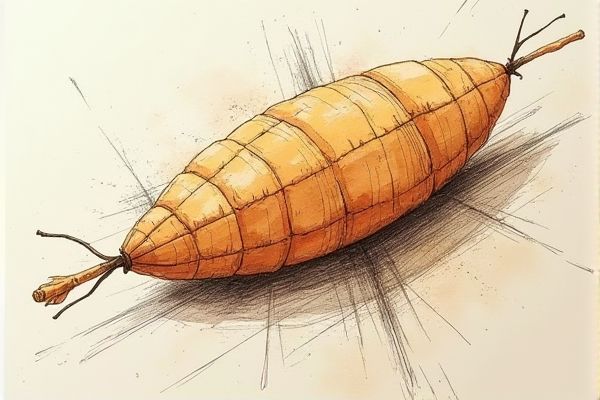
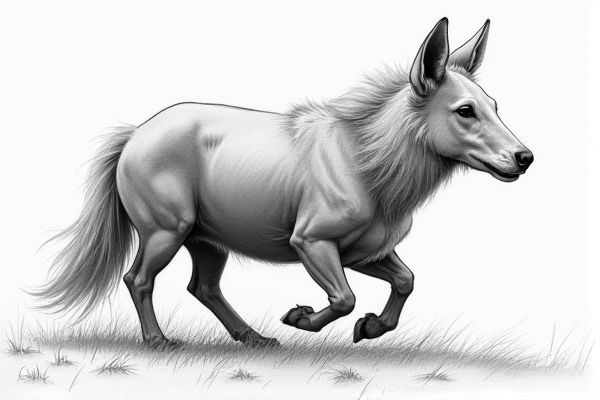
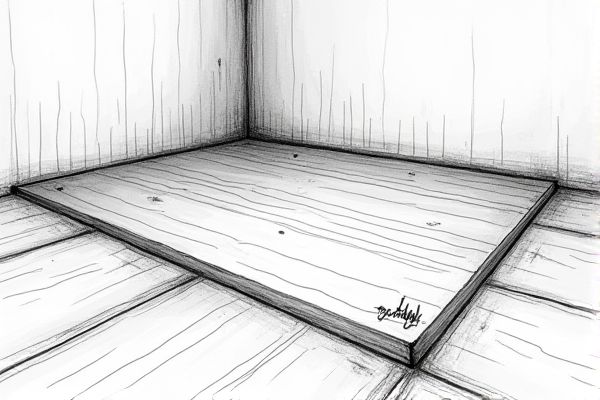




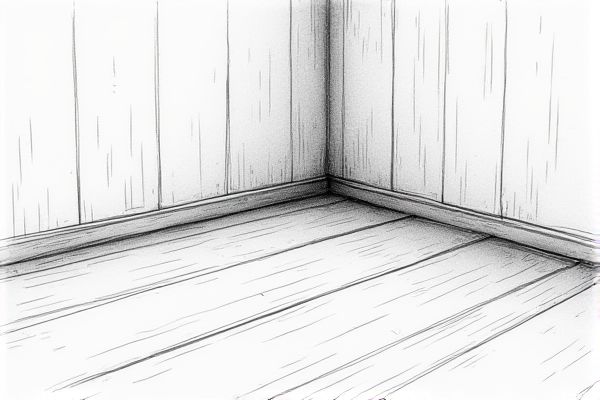
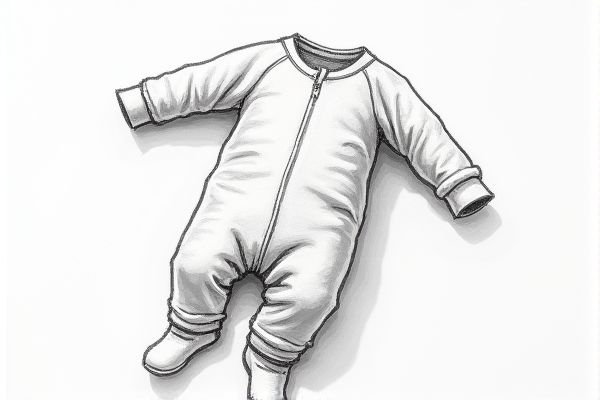
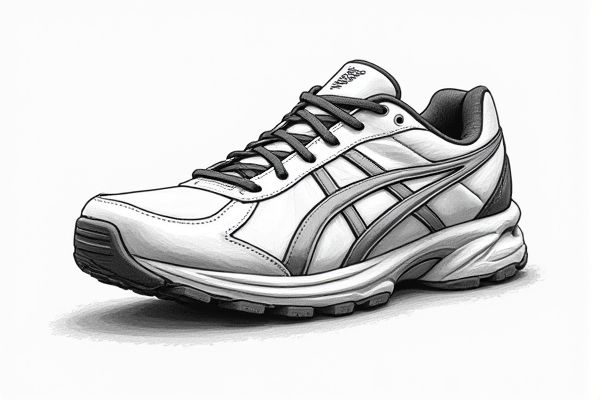

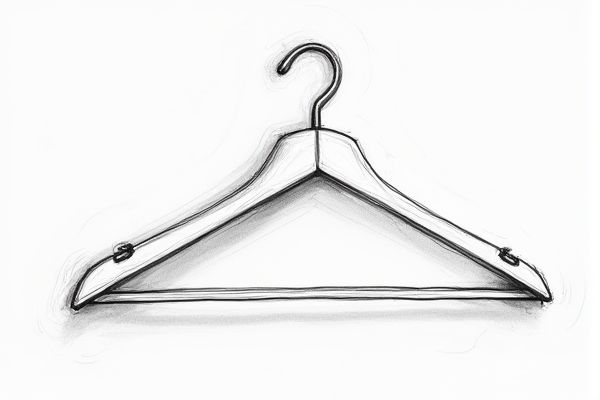
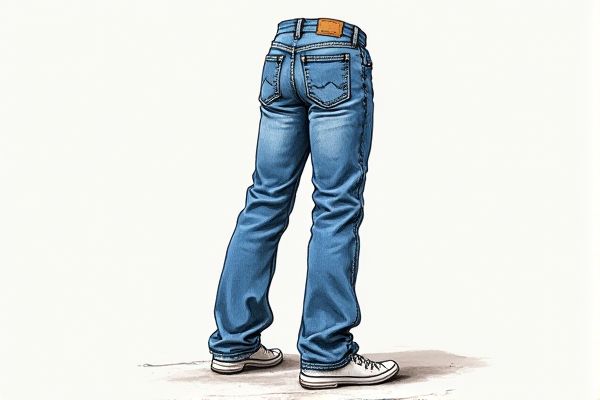
Leave a Reply
Your email address will not be published.